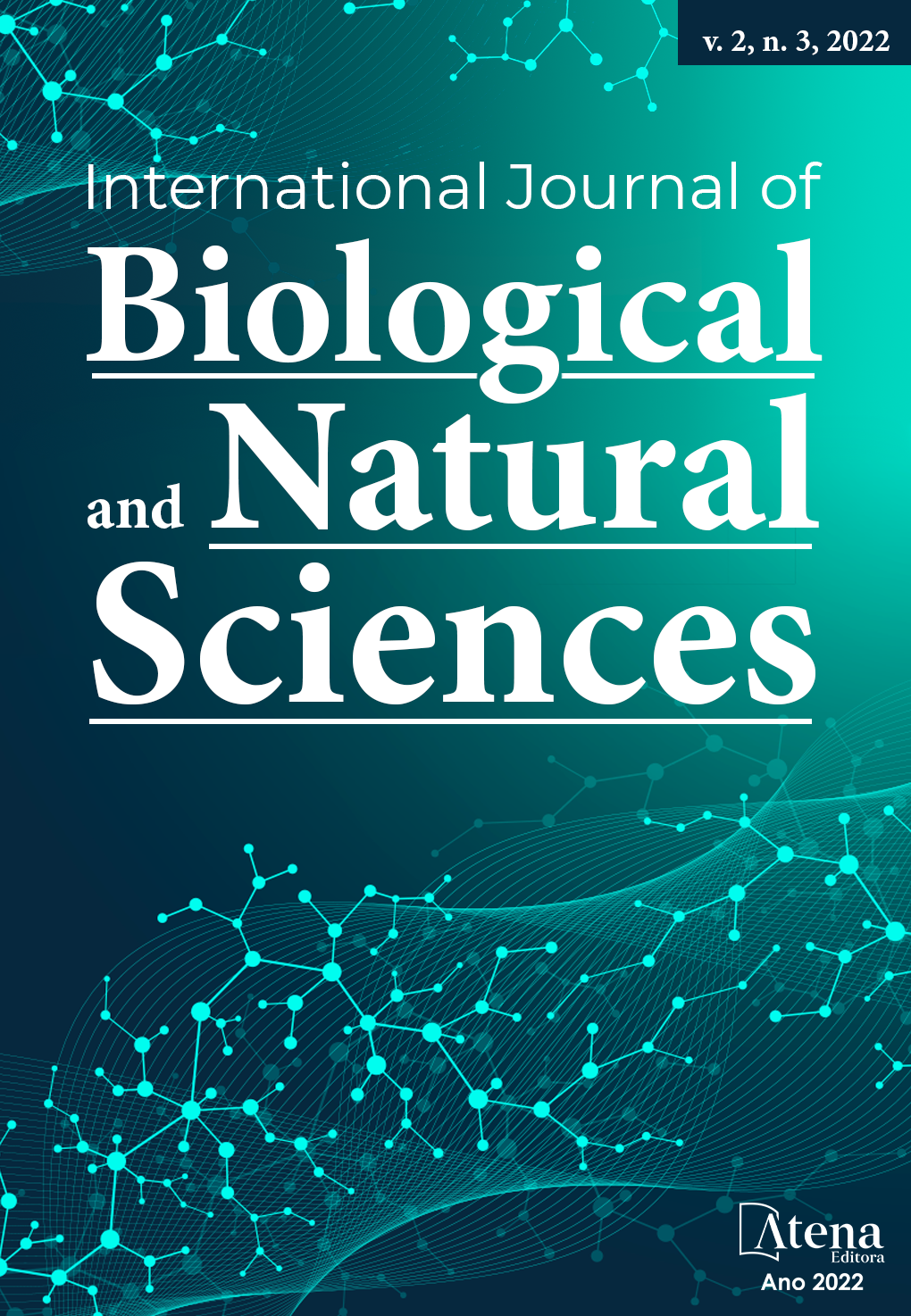
STUDY OF THE INFLUENCE OF CHLOROACETIC ACID CONTENT ON THE DEGREE OF CARBOXYMETHYLATION OF XANTHAN GUM FOR LEAD ADSORPTION
Xanthan gum (GX) is a natural polysaccharide with adsorption capacity, with potential application for water decontamination. In this work, the GX was modified by carboxymethylation, testing the influence of the relative content of chloroacetic acid in relation to the gum. The FTIR and 1H NMR results showed the insertion of carboxymethyl groups through the appearance of characteristic peaks in the respective spectra. The degree of substitution of the samples GXC 05:01 and GXC 07:01 were, respectively, 0.61 and 1.25. The adsorption tests revealed that the carboxymethylation resulted in greater adsorption of lead in relation to the unmodified gum, and the GXC 07:01 sample showed a higher adsorption rate in relation to the others, removing 90% of the metal ion in solution. Thus, carboxymethylated xanthan gum proved to be a promising material for adsorption of lead ions.
STUDY OF THE INFLUENCE OF CHLOROACETIC ACID CONTENT ON THE DEGREE OF CARBOXYMETHYLATION OF XANTHAN GUM FOR LEAD ADSORPTION
-
DOI: 10.22533/at.ed.813232228047
-
Palavras-chave: Adsorption of metals, polysaccharides, structural modification, xanthan gum
-
Keywords: Adsorption of metals, polysaccharides, structural modification, xanthan gum
-
Abstract:
Xanthan gum (GX) is a natural polysaccharide with adsorption capacity, with potential application for water decontamination. In this work, the GX was modified by carboxymethylation, testing the influence of the relative content of chloroacetic acid in relation to the gum. The FTIR and 1H NMR results showed the insertion of carboxymethyl groups through the appearance of characteristic peaks in the respective spectra. The degree of substitution of the samples GXC 05:01 and GXC 07:01 were, respectively, 0.61 and 1.25. The adsorption tests revealed that the carboxymethylation resulted in greater adsorption of lead in relation to the unmodified gum, and the GXC 07:01 sample showed a higher adsorption rate in relation to the others, removing 90% of the metal ion in solution. Thus, carboxymethylated xanthan gum proved to be a promising material for adsorption of lead ions.
-
Número de páginas: 15
- João Lucas Isidio de Oliveira Almeida
- Flávia Oliveira Monteiro da Silva Abreu
- Carlos Emanuel de Carvalho Magalhães
- Micaele Ferreira Lima


